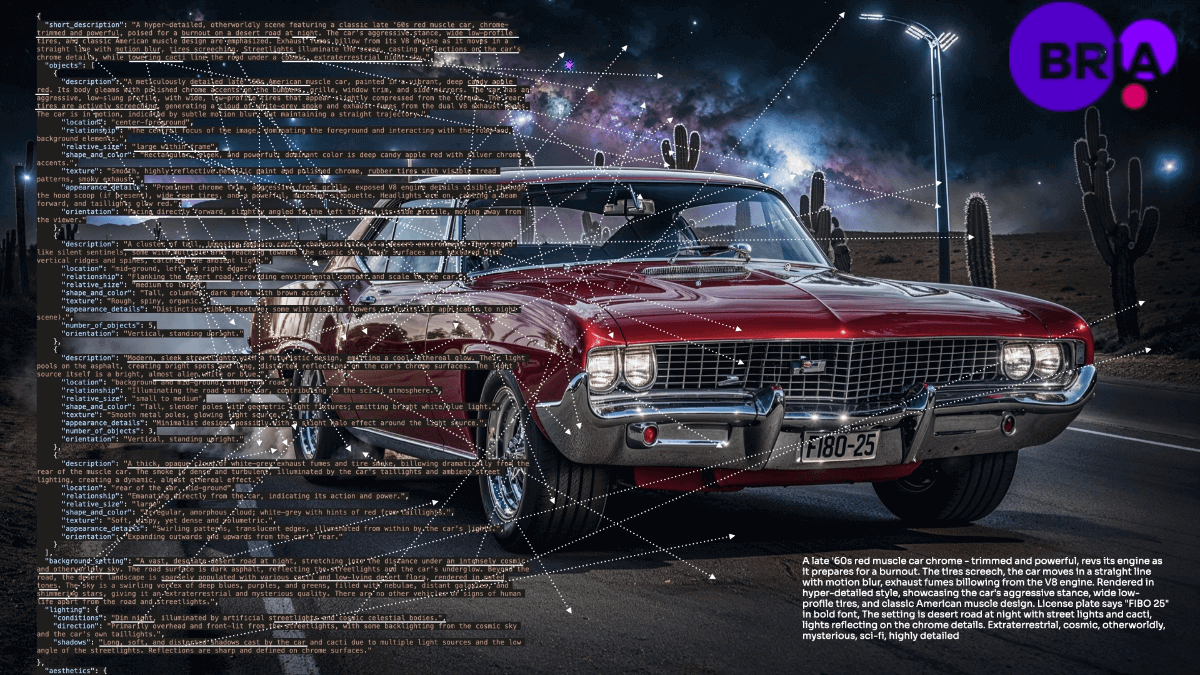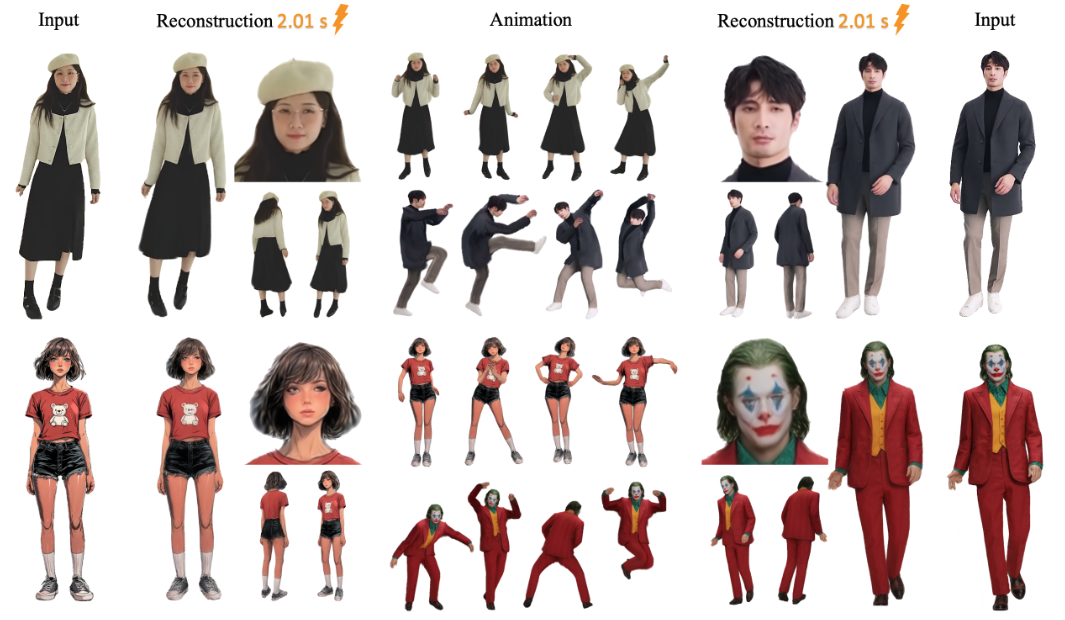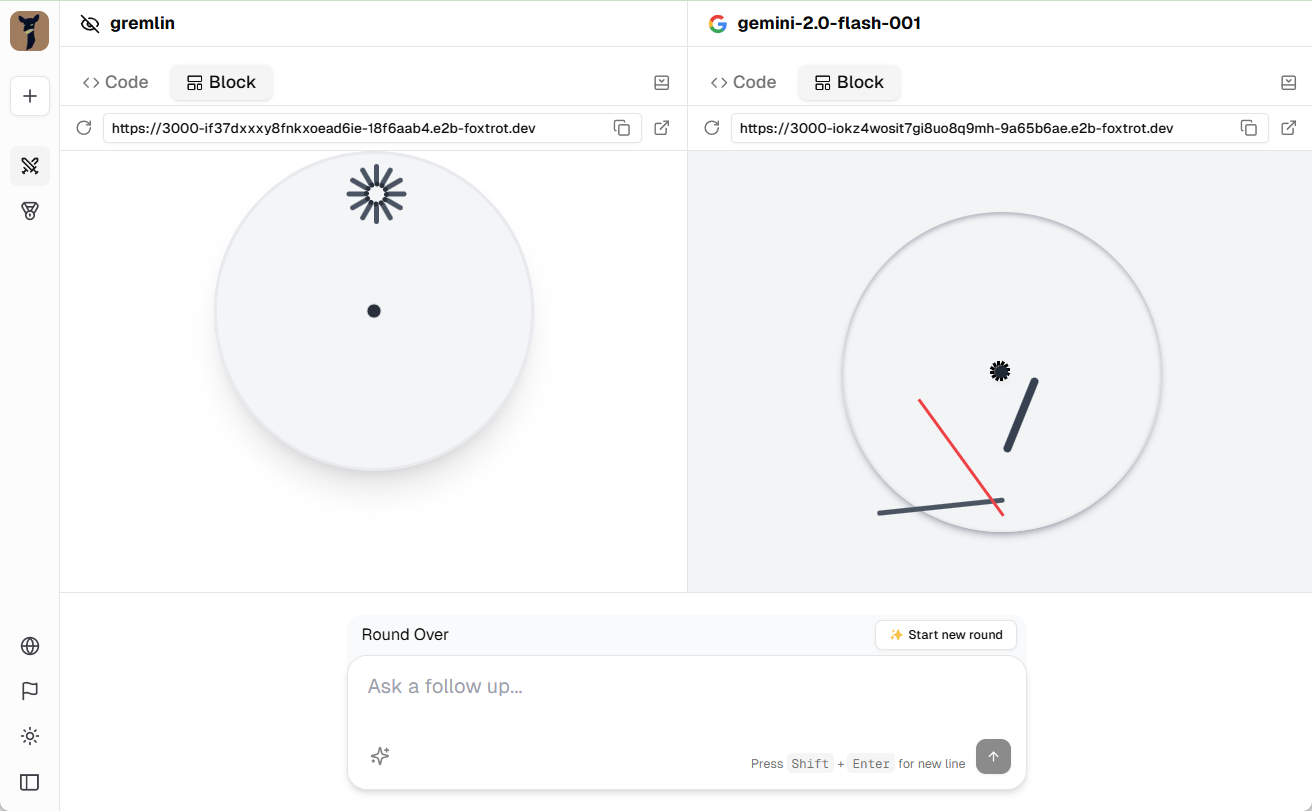DeepFace: a lightweight Python library that implements facial age, gender, emotion, race recognition
General Introduction
DeepFace is a lightweight Python library for facial recognition and facial attribute analysis (including age, gender, emotion, and ethnicity). It integrates several state-of-the-art facial recognition models such as VGG-Face, FaceNet, OpenFace, DeepFace, DeepID, ArcFace, Dlib, SFace, and GhostFaceNet.DeepFace not only enables high-precision facial recognition, but also performs detailed analysis of facial attributes. The library is designed with the goal of simplifying the process of facial recognition by enabling developers to easily invoke its features for facial verification, lookup and analysis.

Function List
- Facial Recognition: Highly accurate facial recognition through multiple models.
- Facial Attribute Analysis: analyzes the face for age, gender, mood, and ethnicity.
- Facial Verification: Verifies that two facial images belong to the same person.
- Find function: Finds faces in the database that match the input image.
- Supports multiple input formats: supports image paths, numpy arrays and base64 encoded images.
- Efficient facial embedding storage: use pickle files to store facial embeddings for faster lookups.
- Flexible installation: support for installation via PyPI and source code.
Using Help
Installation process
The DeepFace library can be installed in two ways:
- Installation via PyPI:
pip install deepface
- Installation via source code:
git clone https://github.com/serengil/deepface.git
cd deepface
pip install -e .
usage example
Once installed, you can import and use the features of the DeepFace library with the following code:
from deepface import DeepFace
facial verification
Verify that the two facial images belong to the same person:
result = DeepFace.verify(img1_path="img1.jpg", img2_path="img2.jpg")
print(result["verified"])
facial recognition
Find faces in the database that match the input image:
result = DeepFace.find(img_path="img.jpg", db_path="database/")
print(result)
Facial Attribute Analysis
Analyze faces for age, gender, mood, and ethnicity:
result = DeepFace.analyze(img_path="img.jpg", actions=['age', 'gender', 'emotion', 'race'])
print(result)
Advanced Features
The DeepFace library also provides some advanced features such as batch prediction, face extraction options, and more. Below are some examples of how to use some of the advanced features:
Batch prediction
results = DeepFace.analyze(img_paths=["img1.jpg", "img2.jpg"], actions=['age', 'gender', 'emotion', 'race'])
print(results)
Face Extraction Options
faces = DeepFace.extract_faces(img_path="img.jpg", target_size=(224, 224), grayscale=False)
print(faces)
common problems
- How can I increase the speed of recognition?
- Finding can be accelerated by pre-computing and storing facial embeddings.
- Use efficient hardware (e.g., GPUs) for computation.
- How to deal with low resolution images?
- It is possible to use
resampleparameter to improve the quality of low-resolution images.
- It is possible to use
- How to handle multiple faces in a large image?
- utilization
max_facesparameter limits the number of faces processed.
- utilization
With the above detailed usage help, users can easily get started with the DeepFace library for facial recognition and attribute analysis.
© Copyright notes
Article copyright AI Sharing Circle All, please do not reproduce without permission.
Related posts

No comments...




